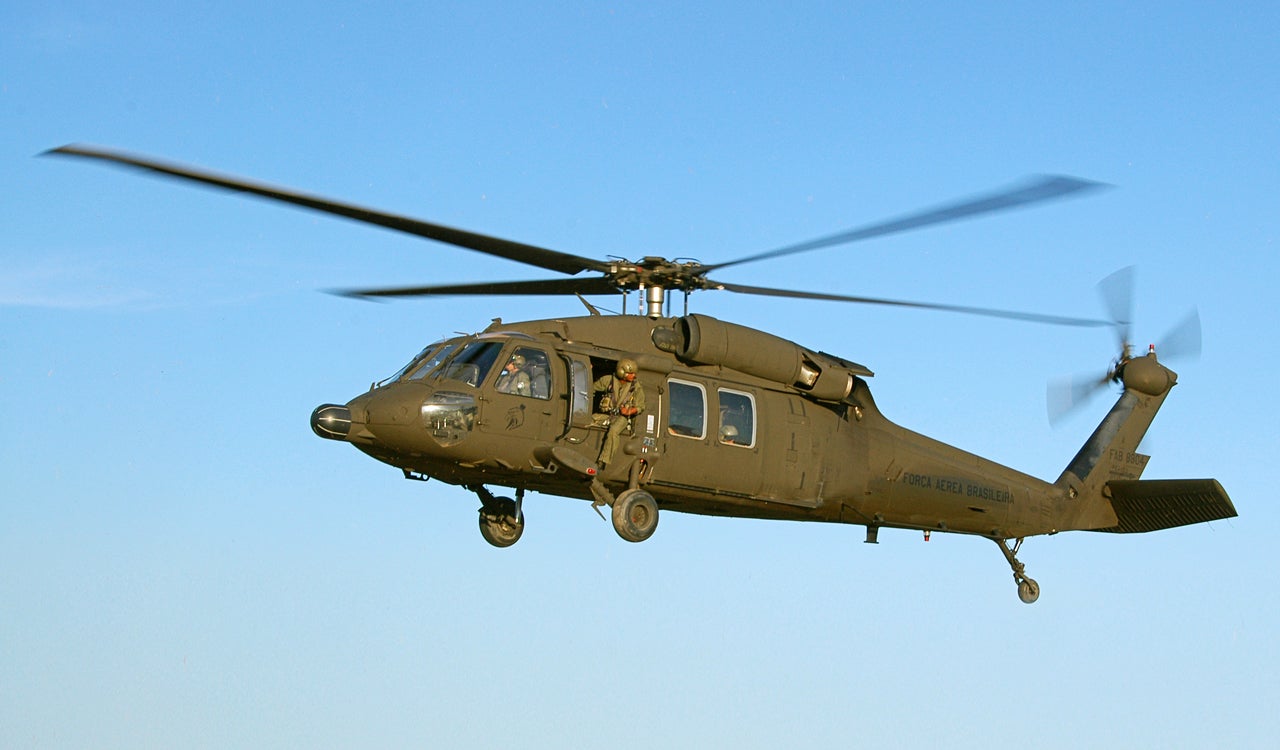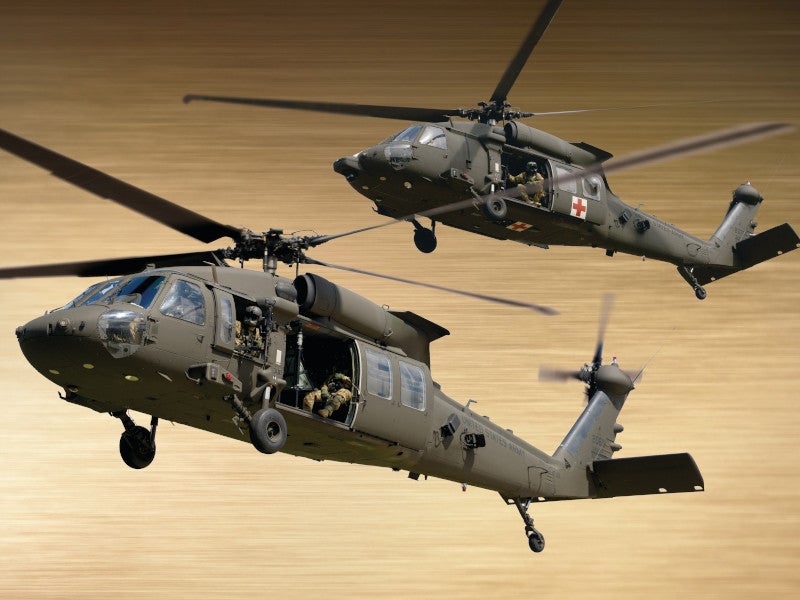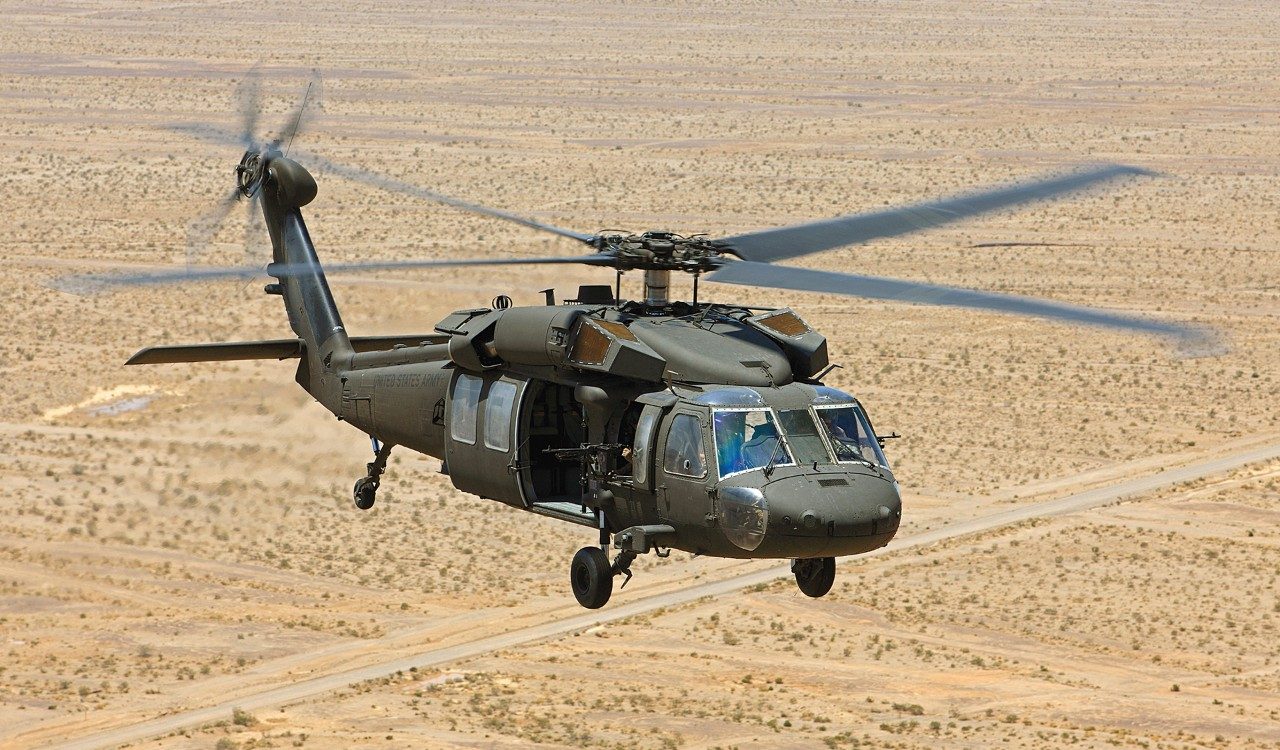UH 60 Black Hawk: From Concept to Modern Applications
UH 60 Black Hawk: From Concept to Modern Applications
Blog Article
The Effect of Sustainable Practices on the Future of Airplane Operations and Emissions Reduction
As the aeronautics sector deals with enhancing analysis over its ecological influence, the adoption of sustainable methods emerges as a crucial path toward future airplane operations and discharges reduction. Innovations in sustainable aviation gas and developments in hybrid propulsion modern technologies stand at the leading edge of this improvement, encouraging considerable reductions in greenhouse gas exhausts. The effective integration of these campaigns hinges on a selection of variables, consisting of regulative structures and sector partnership. The inquiry continues to be: exactly how will these evolving methods improve the dynamics of air traveling and add to a much more lasting future?

Review of Sustainable Practices
Sustainable techniques in aircraft procedures include a variety of strategies focused on decreasing environmental impact while maintaining functional efficiency. These techniques are important in the air travel industry's commitment to decreasing its carbon footprint and sticking to global environmental requirements. Secret campaigns include enhancing trip paths to decrease fuel intake, improving upkeep procedures to ensure airplane run at peak efficiency, and implementing innovative technologies such as winglets and lightweight materials that enhance the rules of aerodynamics.

Educating and involving team on sustainability practices likewise play an essential function, promoting a society of environmental obligation within companies. Overall, the combination of these sustainable techniques not just aids reduce discharges yet likewise enhances the long-term practicality of the aeronautics market, ensuring it meets the needs of both customers and regulative bodies while adding to worldwide sustainability goals.
Cutting-edge Fuel Alternatives
Many cutting-edge gas options are becoming crucial remedies to lower the air travel market's reliance on typical nonrenewable fuel sources. Amongst these alternatives, Lasting Aeronautics Gas (SAFs) have actually gained substantial attention because of their prospective to lower lifecycle greenhouse gas emissions by approximately 80% compared to traditional jet gas. SAFs are derived from numerous feedstocks, including waste oils, farming residues, and even algae, making them a versatile choice for the industry.
Another encouraging option is hydrogen fuel, which, when utilized in gas cells, creates only water vapor as a by-product. This zero-emission potential presents a significant opportunity for decarbonizing trip procedures, particularly for short-haul trips and regional airplane. Additionally, electric propulsion systems are being explored, leveraging battery modern technology to power aircraft. While present battery ability limits variety and payload, continuous improvements may quickly render electric flights practical for specific applications - uh 60.
Last but not least, biofuels obtained from biomass are being investigated, supplying a renewable choice that can be blended with standard gas. Jointly, these cutting-edge gas choices represent a critical action towards attaining a lasting air travel ecological community, straightening with worldwide exhausts reduction targets and enhancing the industry's ecological stewardship.
Technological Improvements in Air Travel

Exactly how can technical innovations reshape the future of air travel? The combination of advanced innovations is crucial in changing aircraft procedures, boosting performance, and lowering exhausts. Technologies such as electrical and hybrid propulsion systems are at the center, appealing significant decreases in gas usage and greenhouse gas discharges. These systems leverage developments in battery technology and energy management, allowing aircraft to operate with a reduced ecological footprint.
Moreover, the implementation of advanced products, such as lightweight compounds, adds to improved aerodynamics and fuel efficiency. Making use of fabricated knowledge and artificial intelligence in flight procedures optimizes course preparation and lowers gas shed by enabling real-time modifications based on weather condition and website traffic conditions. In addition, the growth of autonomous and remotely piloted airplane systems stands to revolutionize cargo and guest transportation, possibly increasing effectiveness while lessening human error.
Furthermore, lasting aviation modern technologies, including advanced air traffic administration systems, can minimize and streamline operations congestion, causing reduced exhausts throughout flight. These innovations jointly represent a paradigm shift in air travel, promising a future where sustainability and functional efficiency are linked, therefore sustaining the sector's dedication to decreasing its environmental effect.

Regulatory Structure and Compliance
In light of the growing emphasis on environmental stewardship within the air travel sector, the regulative framework controling aircraft procedures is developing to promote sustainable methods. Regulative bodies, such as the International Civil Air Travel Organization (ICAO) and different nationwide aeronautics authorities, are presenting strict standards focused on decreasing emissions and improving functional efficiency.
These policies often consist of the fostering of Lasting Aviation Gas (SAF), which has been acknowledged as a key part in attaining reduced carbon impacts. Furthermore, conformity with these laws requires airlines to apply operational practices and innovative innovations, such as optimized flight paths and enhanced air traffic administration, to lessen gas consumption.
In addition, the enforcement of emissions trading schemes and carbon offsetting initiatives is ending up being significantly common, compelling airlines to check and report their emissions accurately. Non-compliance can cause substantial charges, hence pressing drivers to focus on sustainability in their organization models.
Inevitably, the evolving regulative landscape not just drives technology and investment in eco-friendly technologies yet also promotes a society of accountability within Continue the aeronautics market. As these frameworks continue to create, the focus on lasting practices will be important to accomplishing the industry's long-term ecological goals.
Future Patterns in Aircraft Operations
As the aviation market adapts to an increasingly strict regulatory atmosphere, future patterns in airplane procedures are established to concentrate on innovative solutions that additionally improve sustainability and effectiveness - uh 60. Key developments will likely include click here for more the fostering of advanced air traffic administration systems, which use real-time data and artificial intelligence to optimize trip courses, minimizing gas usage and discharges
One more significant fad is the increased assimilation of lasting aeronautics fuels (SAFs) These choices to conventional jet gas, acquired from eco-friendly resources, can considerably decrease lifecycle greenhouse gas emissions. The sector's commitment to SAFs will likely accelerate as airlines collaborate with gas producers to make certain schedule and cost-effectiveness.
Furthermore, the push in the direction of electrification and crossbreed propulsion systems is getting momentum. Emerging airplane layouts will incorporate these innovations, using quieter and more efficient procedures, especially for short-haul trips.
Verdict
The fostering of lasting aviation fuels, coupled with advancements in electrical and hybrid propulsion systems, is crucial for lessening lifecycle greenhouse gas emissions. Optimizing flight courses and embracing innovative technologies contribute to a quieter and a lot more environmentally pleasant air travel sector.
Advancements in sustainable air travel fuels and advancements in crossbreed propulsion technologies stand at the center of this transformation, promising considerable decreases in greenhouse gas exhausts.Many cutting-edge fuel options are arising as critical remedies to reduce the aviation market's dependence on standard fossil fuels - uh 60. Among these choices, Lasting Aeronautics Fuels (SAFs) have actually webpage gained substantial focus due to their prospective to reduce lifecycle greenhouse gas emissions by up to 80% compared to standard jet fuels.Another significant fad is the enhanced combination of lasting air travel gas (SAFs) The adoption of lasting aeronautics gas, coupled with innovations in electrical and hybrid propulsion systems, is necessary for reducing lifecycle greenhouse gas emissions
Report this page